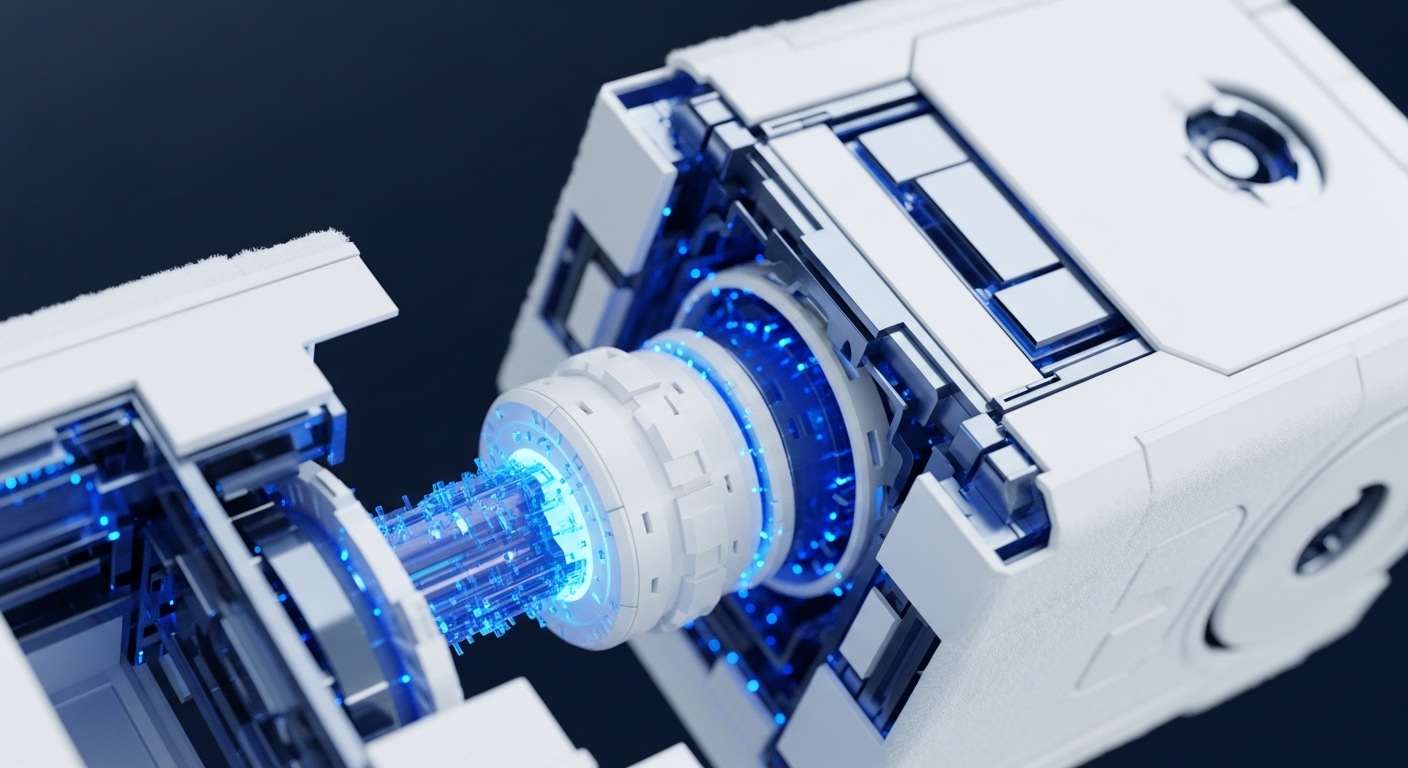
Briefing
The persistent challenge of the blockchain trilemma, balancing scalability, security, and decentralization, is addressed by CrustChain. This framework introduces a reputation-weighted Proof-of-Capacity mechanism with temporal Sealed-Post challenges, augmented by hybrid erasure-network coding for storage efficiency and MDP-optimized sharding for rapid cross-shard transactions. This foundational breakthrough implies a future where blockchain architectures can achieve high throughput and robust security without compromising decentralization, fundamentally reshaping the design of censorship-resistant distributed systems.

Context
Prior to this research, the blockchain trilemma represented a fundamental theoretical limitation, asserting that decentralized systems could only achieve two of three properties ∞ scalability, security, and decentralization ∞ at any given time. This academic challenge meant that efforts to enhance one aspect, such as transaction throughput, often necessitated trade-offs in either security guarantees or the degree of decentralization, hindering the widespread adoption of truly robust and performant decentralized applications.

Analysis
CrustChain’s core mechanism integrates a novel Proof-of-Capacity (PoC) consensus with a sharded architecture, fundamentally shifting how blockchains achieve scale and security. CrustChain introduces a reputation weighting, where a node’s influence in block production is directly proportional to its storage contribution and historical reliability, verified through temporal Sealed-Post challenges. This is coupled with hybrid erasure-network coding, which dramatically reduces storage overhead by efficiently distributing and reconstructing data fragments.
The system further employs MDP-optimized sharding, allowing parallel processing of transactions across distinct shards, thereby achieving high throughput and low latency. This approach differs from prior methods by tightly coupling storage proofs with a dynamic reputation system and sharding, creating a synergistic effect that resolves the trilemma’s inherent trade-offs.

Parameters
- Core Protocol ∞ CrustChain
- Consensus Mechanism ∞ Reputation-weighted Proof-of-Capacity with temporal Sealed-Post challenges
- Key Authors ∞ Saha Reno, Koushik Roy
- Transaction Throughput ∞ 1,450 TPS
- Storage Cost Reduction ∞ 82% compared to Bitcoin
- Data Durability ∞ 99.99% across 1,024 nodes
- Energy Efficiency ∞ 0.3 Joules per transaction
- Byzantine Fault Tolerance ∞ 40%

Outlook
This research opens significant avenues for future exploration, particularly in optimizing the reputation weighting algorithm and exploring dynamic sharding reconfigurations for even greater adaptability. In the next 3-5 years, CrustChain’s theoretical underpinnings could unlock real-world applications such as highly scalable decentralized cloud storage networks, robust content delivery systems resistant to censorship, and efficient data marketplaces. The academic community will likely pursue further investigations into the economic incentives of reputation-based PoC and the formal verification of hybrid coding schemes in sharded environments, pushing the boundaries of distributed system design.

Verdict
CrustChain represents a pivotal advancement in blockchain architecture, demonstrating that the long-standing trilemma can be overcome through integrated, storage-centric consensus and sharding mechanisms.
Signal Acquired from ∞ nih.gov
